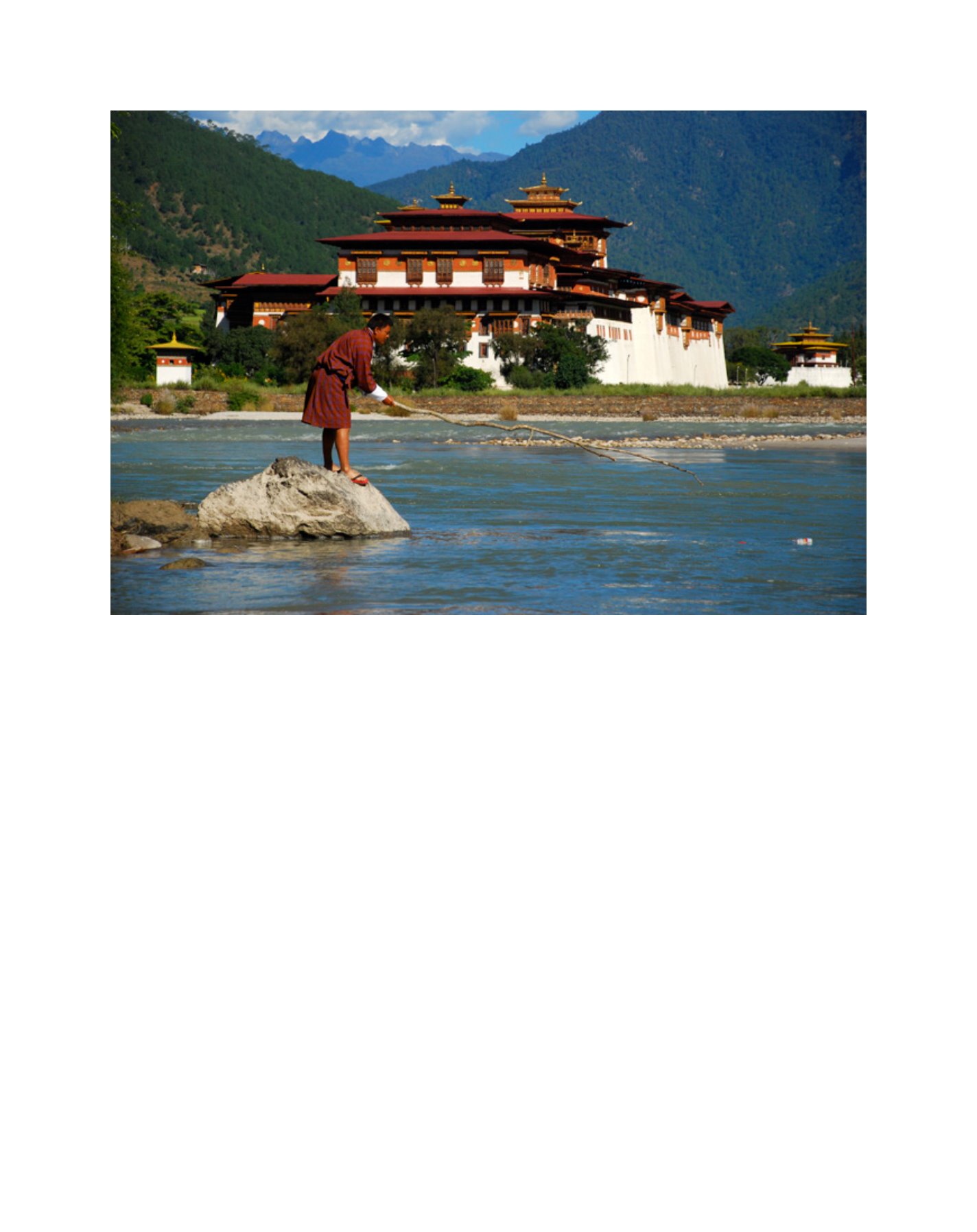

[
] 20
access
to
water
and
sanitation
for
all
in different habitats. There are several species, and cultivat-
ing them in the sea can contribute to the replacement of
the world’s depleted biomass. Macroalgae is a multi-cellular
plant that can be used for the development of many prod-
ucts, including energy from biofuel, healthy food, cosmetics,
solar cells, pulp, fertilizer, batteries, preventive medicines,
pharmaceuticals and nutraceuticals. A nature-based complex
approach makes sea farming profitable.
Seaweed encourages systematic marine bioremediation and
carbon sequestration, and neutralises acidification. Seaweed
plantations reduce coast-bound wave forces, providing disas-
ter risk reduction for coastal protection. Algae bloom can be
neutralised through balancing the proportions of nitrate and
phosphate.
An integrated technology for water resource exploration –
inland, coastal, sea and ocean – should balance the search for
renewable energy, food, textiles and bioplastics with the deli-
cate ecological requirements upstream. Making better use of
inland and coastal water systems would also help to improve the
quality of life for needy communities. Accountability for this is
best ensured through regulation, monitoring and evaluation.
Advancing implementation of the 2030 Agenda, in particular
accelerating the bridging of SDG 6 at the coastal zones with
SDG 14 and other SDGs, is best done through awareness as well
as efforts towards policy coherence at regional, national and
local levels. Below are the most signifcant examples of policy
levers impacting all dimensions of sustainable development.
Wastewater reuse, Saitama Shintoshin, Japan
Wastewater from households and commercial establishments
in Saitama undergoes secondary treatment at the Saitama
Sewage Treatment Center, using conventional activated
sludge. To enable wastewater reuse, the treated wastewater
is further treated at the Saitama Shintoshin purification plant
using a combination of biofiltration and ozonating processes.
Treated wastewater is then reused for various purposes,
such as river restoration; irrigation for agriculture, parks
and gardens; ground water recharge; augmentation of the
streams and brooklets running through the town; recrea-
tional amenities and tourist venues. The reuse of treated
wastewater has restored the ecological habitat and improved
the town’s natural environment with new water ameni-
ties (brooklets) created and parks revitalised. The system
enables about 250,000 m
3
of freshwater to be saved yearly,
amounting to ¥104 million (approximately $939,000) due to
the provision of recycled wastewater. Pipes for the supply of
reused wastewater have been installed under the main roads
of Saitama Shintoshin, enabling all buildings to be supplied
with treated wastewater.
Smart Cities Mission, India
The objective of the Smart Cities Mission is to promote the
provision of core infrastructure, the application of environ-
mentally ‘smart’ solutions, and the offer of a decent quality
of life and a clean and sustainable environment. The mission
A man removes a plastic bottle from a river in Punakha, Bhutan. Pictured in the background is Punakha Dzong which houses Buddhist temples and the
administrative offices of Punakha district
Image: John Isaac
















